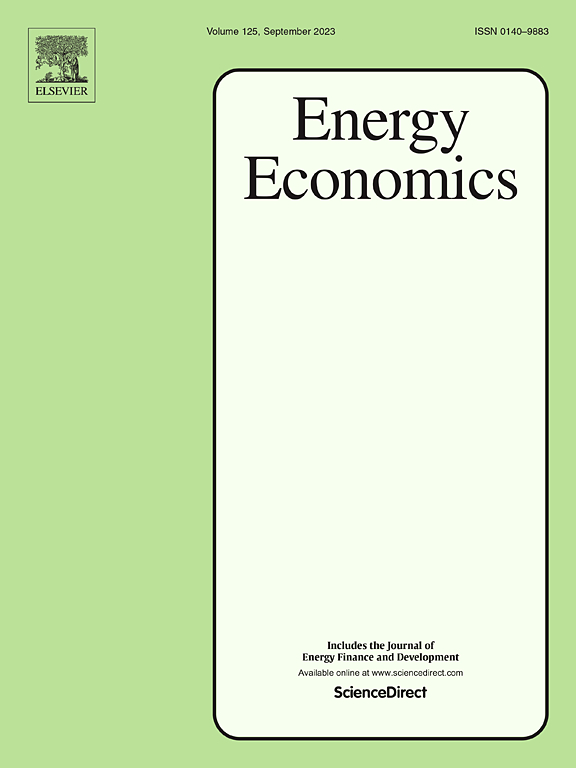Modeling and forecasting the long memory of Cyclical Trends in paleoclimate data
IF 13.6
2区 经济学
Q1 ECONOMICS
引用次数: 0
Abstract
This paper identifies and estimates the relevant cycles in paleoclimate data of earth temperature, ice volume and . Cyclical cointegration analysis is used to connect these cycles to the earth eccentricity and obliquity and to see that the earth surface temperature and ice volume are closely connected. These findings are used to build a forecasting model including the cyclical component as well as the relevant earth and climate variables which outperforms models ignoring the cyclical behavior of the data. Especially the turning points can be predicted accurately using the proposed approach. Out of sample forecasts for the turning points of earth temperature, ice volume and are derived.
古气候资料周期趋势长记忆的建模与预测
本文从地温、冰量和CO2的古气候资料中识别和估计了相关的旋回。利用周期协整分析将这些周期与地球偏心率和倾角联系起来,发现地球表面温度和冰体积密切相关。这些发现被用来建立一个包括周期成分以及相关的地球和气候变量的预测模型,该模型优于忽略数据周期性行为的模型。特别是该方法可以准确地预测拐点。对地球温度、冰量和二氧化碳的拐点进行了样本外预测。
本文章由计算机程序翻译,如有差异,请以英文原文为准。
求助全文
约1分钟内获得全文
求助全文
来源期刊

Energy Economics
ECONOMICS-
CiteScore
18.60
自引率
12.50%
发文量
524
期刊介绍:
Energy Economics is a field journal that focuses on energy economics and energy finance. It covers various themes including the exploitation, conversion, and use of energy, markets for energy commodities and derivatives, regulation and taxation, forecasting, environment and climate, international trade, development, and monetary policy. The journal welcomes contributions that utilize diverse methods such as experiments, surveys, econometrics, decomposition, simulation models, equilibrium models, optimization models, and analytical models. It publishes a combination of papers employing different methods to explore a wide range of topics. The journal's replication policy encourages the submission of replication studies, wherein researchers reproduce and extend the key results of original studies while explaining any differences. Energy Economics is indexed and abstracted in several databases including Environmental Abstracts, Fuel and Energy Abstracts, Social Sciences Citation Index, GEOBASE, Social & Behavioral Sciences, Journal of Economic Literature, INSPEC, and more.
 求助内容:
求助内容: 应助结果提醒方式:
应助结果提醒方式:


